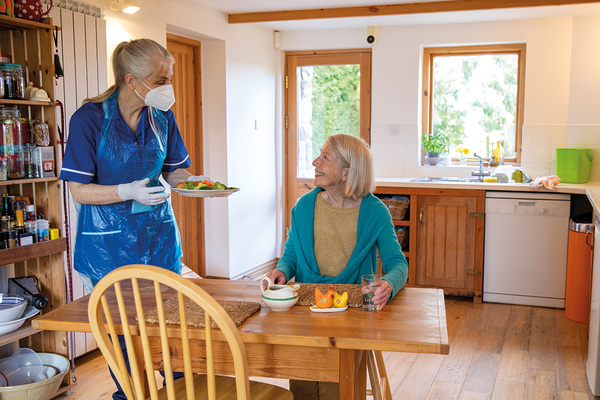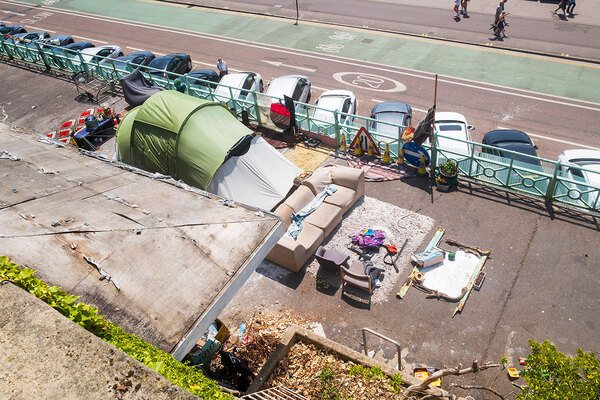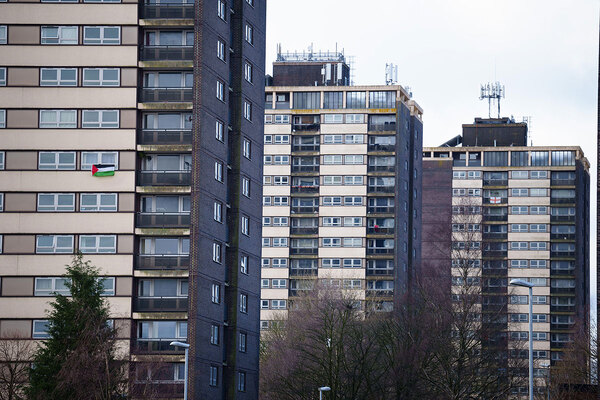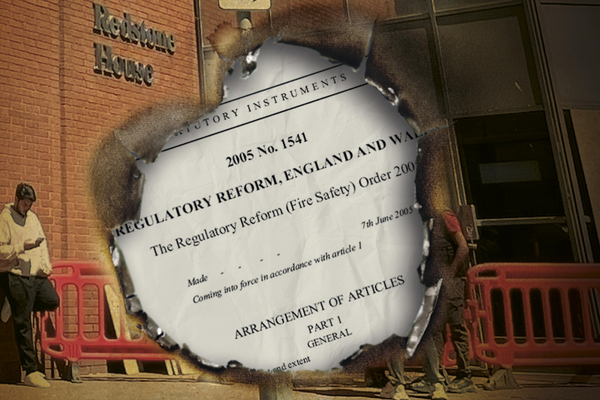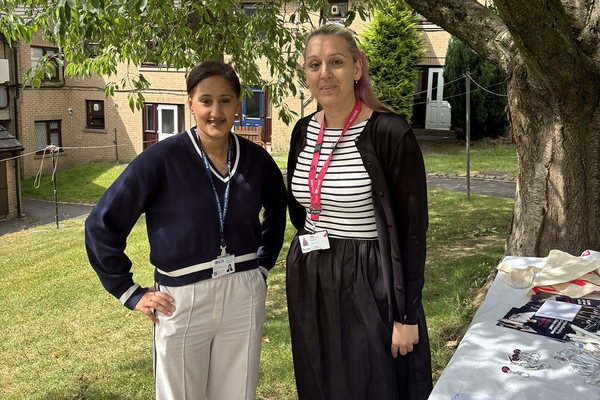You are viewing 1 of your 1 free articles
Supported housing should be classed as essential infrastructure
The government must take steps to foster the development of more supported housing, writes Margaret Mullane, MP for Dagenham and Rainham
While supported housing needs to grow with the expansion of the population, research shows that the numbers have in fact fallen by more than 1,500 units between 2007 and 2022. This is building up a crisis for the future, not only in terms of unmet need, but financially as well.
Supported housing doesn’t cost a great deal extra to build, depending on the level of need it is catering for. There are additional running costs, but this needs to be offset against the costs of not having supported housing as well as the many potential financial advantages of this provision.
In 2003 the Labour government at the time streamlined the funding for supported housing, and amalgamated seven funding streams into one. The Supporting People programme, at its start, had a ringfenced allocation of £1.8bn per year.
This seemed a positive step forward, but it became one of the first casualties of the ‘austerity’ coalition government in 2010, which removed the ringfencing of what had become a smaller budget than the one originally set in 2003. Supported housing funding became part of the formula grant, which meant that the funds could be spent on other services, and of course they were!
“Funding for supported housing became one of the first casualties of the ‘austerity’ coalition government in 2010”
While the statistical information on supported housing is not easy to compile, extensive research by the National Housing Federation has identified the dangers of not resourcing supported housing. The government would be well-advised to take this seriously for several reasons.
While the benefits of supported housing to older people are easily understood, through ‘sheltered’ and ‘extra care’ accommodation to maintain independence, it can also be an important source of support for people with physical and learning disabilities, mental health problems or issues with drugs or alcohol, as well as ex-offenders, teenage parents and those escaping domestic violence.
One underdeveloped area is support for young autistic people. Some wraparound housing support would help to develop independence, reducing welfare benefit and health service costs and at the same time helping to produce better life chances and outcomes. That’s just one example of how day-to-day support can make a real difference to lives.
Some sections of the community that need support, but do not get it, (even if they are “lucky” enough to be in unsupported general needs housing), can also become a cost to society. Their discharge from hospital could be delayed, or their failure to cope without support could lead to costly and unsatisfactory temporary accommodation.
So many of the households with multiple problems live in flatted estates, where anti-social behaviour quickly has an impact on others, intensified often due to poor building standards that have been an unnecessary feature of many flatted estates.
“Some wraparound housing support would help to develop independence in young autistic people”
This ends up costing councils and housing associations more money than they would spend on supported housing, when they have to deal with the anti-social behaviour problems that can so easily arise. This in turn inevitably adds to police costs as well.
Of course, we need a significant and sustained increase in the number of unsupported general needs homes at traditional council social rent levels. However, everyone can be a winner if within those numbers there is an adequate supply of supported homes, to help meet the needs of the groups of people who are currently being failed.
The problem is that against the background of the falling numbers of supported housing, it has been estimated that there likely will need to be a 33% increase in numbers by 2040, around 170,000 units.
The failure to provide this, just in relation to older people, could be very costly to health and care services.
So here are my two key asks to improve the situation, and they relate to finance and planning. The government must reintroduce a ringfenced grant for supported housing, and in terms of planning, provision of supported housing should also be a compulsory feature of all development plans.
Supported housing is as much a part of creating a healthy, balanced community as having schools, doctors and shops.
Margaret Mullane, MP, Dagenham and Rainham
Sign up for our care and support bulletin
Already have an account? Click here to manage your newsletters
Latest stories



